CyberpowerPC RGB Infinity GTX Review
November 21, 2017 | 17:30
Companies: #cooler-master #cyberpowerpc #intel #msi #nvidia
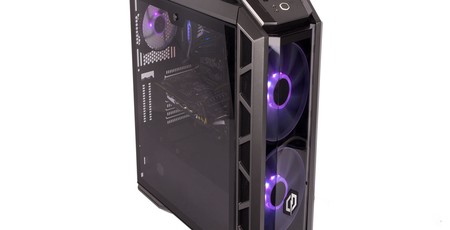
Performance Analysis
The CPU-limited tasks are pretty much the same as the three other systems we’ve seen running with Core i7-8700Ks, which isn’t surprising since all have also been running at 4.8GHz. As ever, it’s a potent CPU in multi-threaded workloads, but in some instances it will still be beaten by eight-core Ryzen processors.GPU performance in all tests is well below the two more expensive systems with GTX 1080 Ti cards but a decent way above the Novatech system that has a GTX 1070. Again, this isn’t a surprise, as the performance of Nvidia’s lineup is a known entity. The GTX 1070 Ti is easily punchy enough for VR and 1440p gameplay, but we wouldn’t recommend it for 4K.
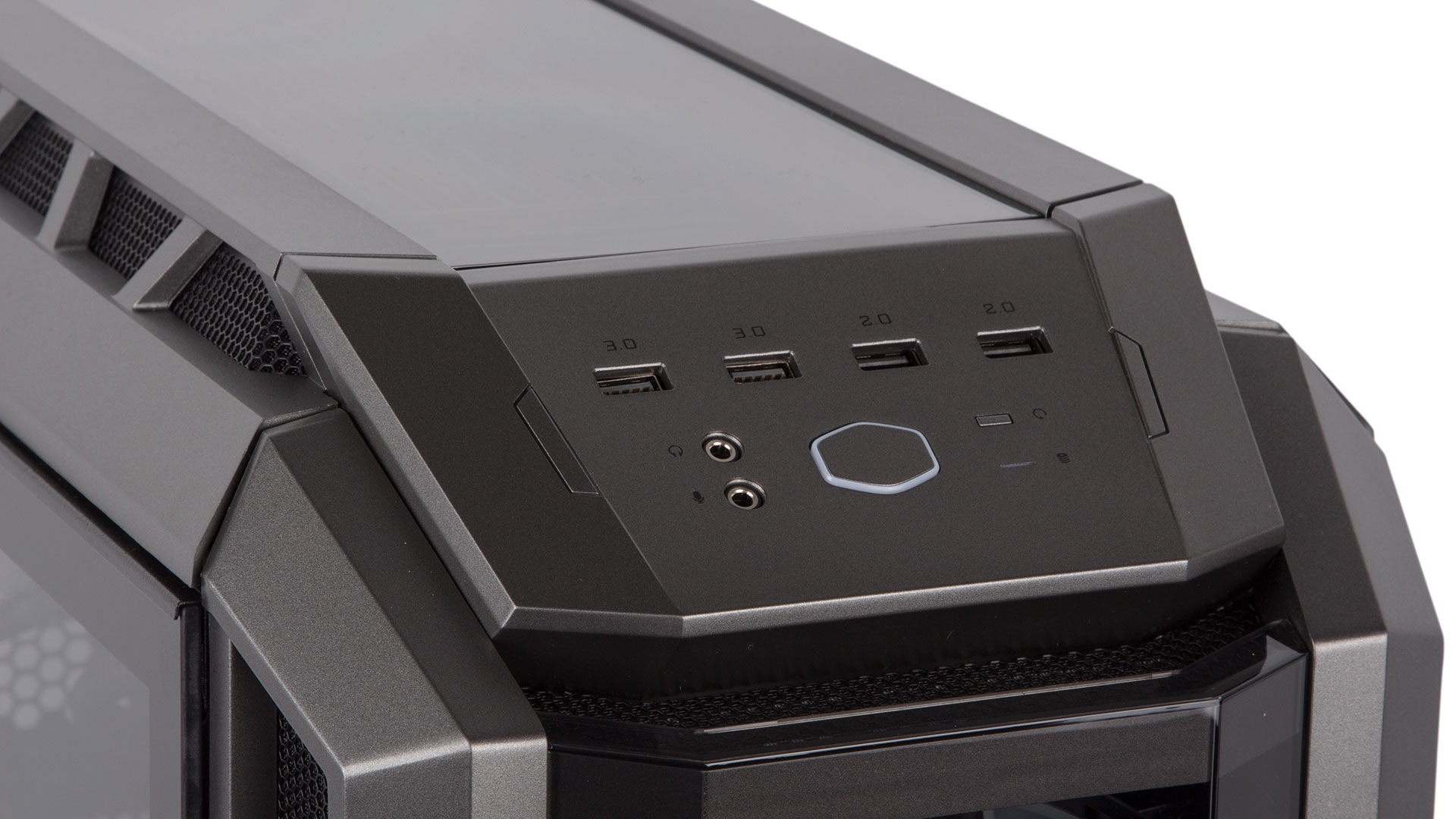
The power consumption figures mostly reflect GPU performance, and the sub-450W figure at full load shows that the 600W PSU will cope easily in any situation. It doesn’t have the capacity to support a second GTX 1070 Ti in SLI at a later date, but you could easily remedy that in the configurator if you wanted.
SSD performance is again in line with most of the other systems thanks to the popularity of the Samsung 960 Evo. You won’t have any issues with speed, then, but our concerns about the capacity here remain.
With 1.35V running through the CPU, it wasn’t surprising to see high temperatures. In fact, in an ambient temperature of just 16°C, the CPU peaked at 97°C, just 3°C shy of the temperature at which it would throttle, so we could easily see it clocking down on warmer days. If you recall, the fans and pump run at full speed constantly, so there’s no means of making it cooler with the hardware here. The GPU, at least, was fine, boosting to nearly 1,800MHz constantly and staying below 70°C at all times.
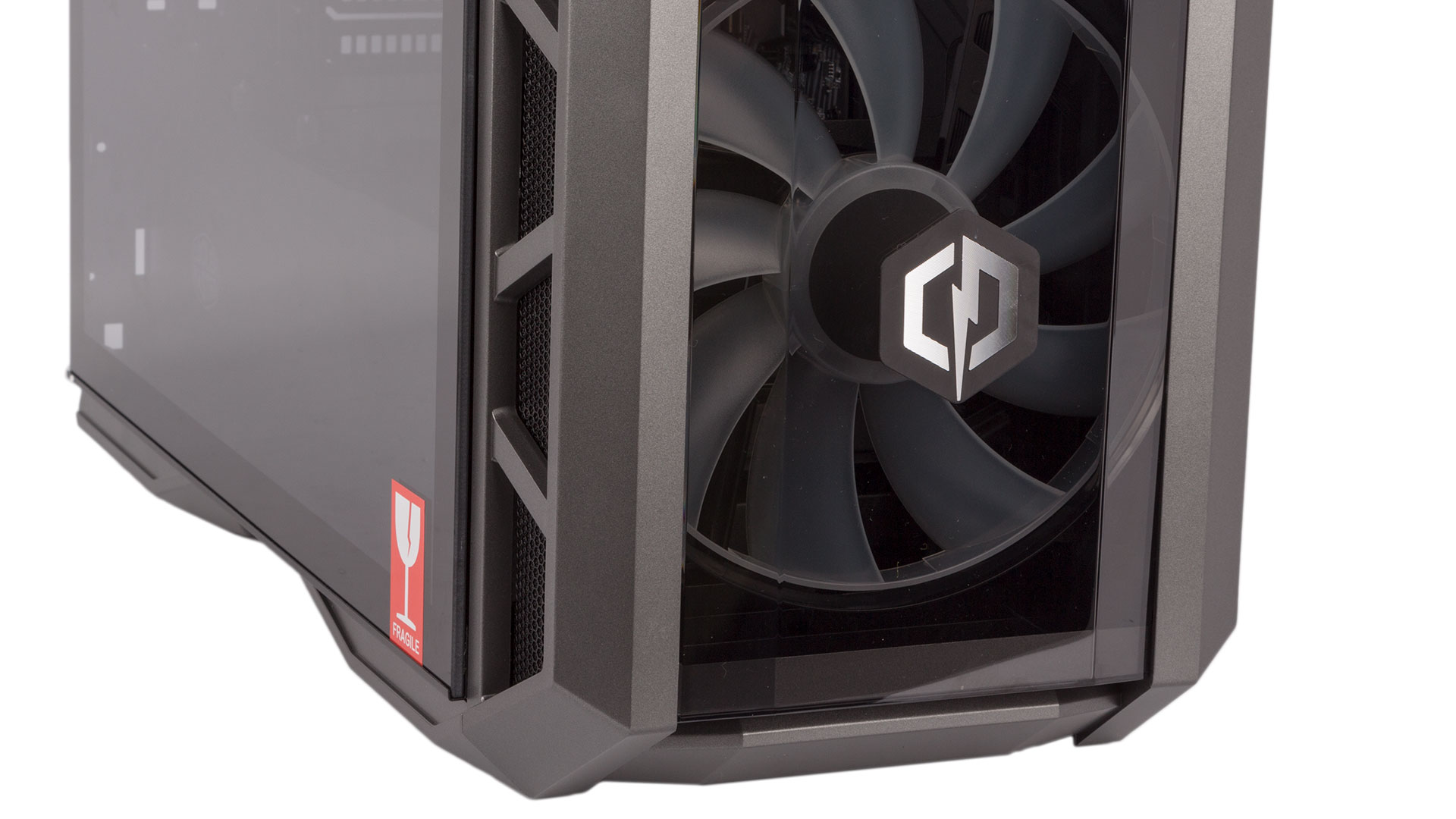
We weren’t very impressed by the system noise. With five fans and a pump always running at full speed, the system was a bit too loud, especially when idle when the fan speed isn’t needed. More annoying, however, was a distinct humming noise that seemed to stem from the fans and radiator.
Conclusion
Pricing up the components used here ourselves, we arrived at a price of £1,720 at the time of writing, so you’re looking at an £80 premium for CyberpowerPC to take the time to assemble the components, overclock the CPU, install Windows, and supply it with a warranty. On the face of it, this may not seem like a bad deal, but there are a number of places where the RGB Infinity GTX falls down.Component choices are less important when an SI offers the ability to customise the system to the degree that CyberpowerPC does. We dislike the case here and we’d like a larger primary SSD, but both of these issues are easily addressed with a few clicks.
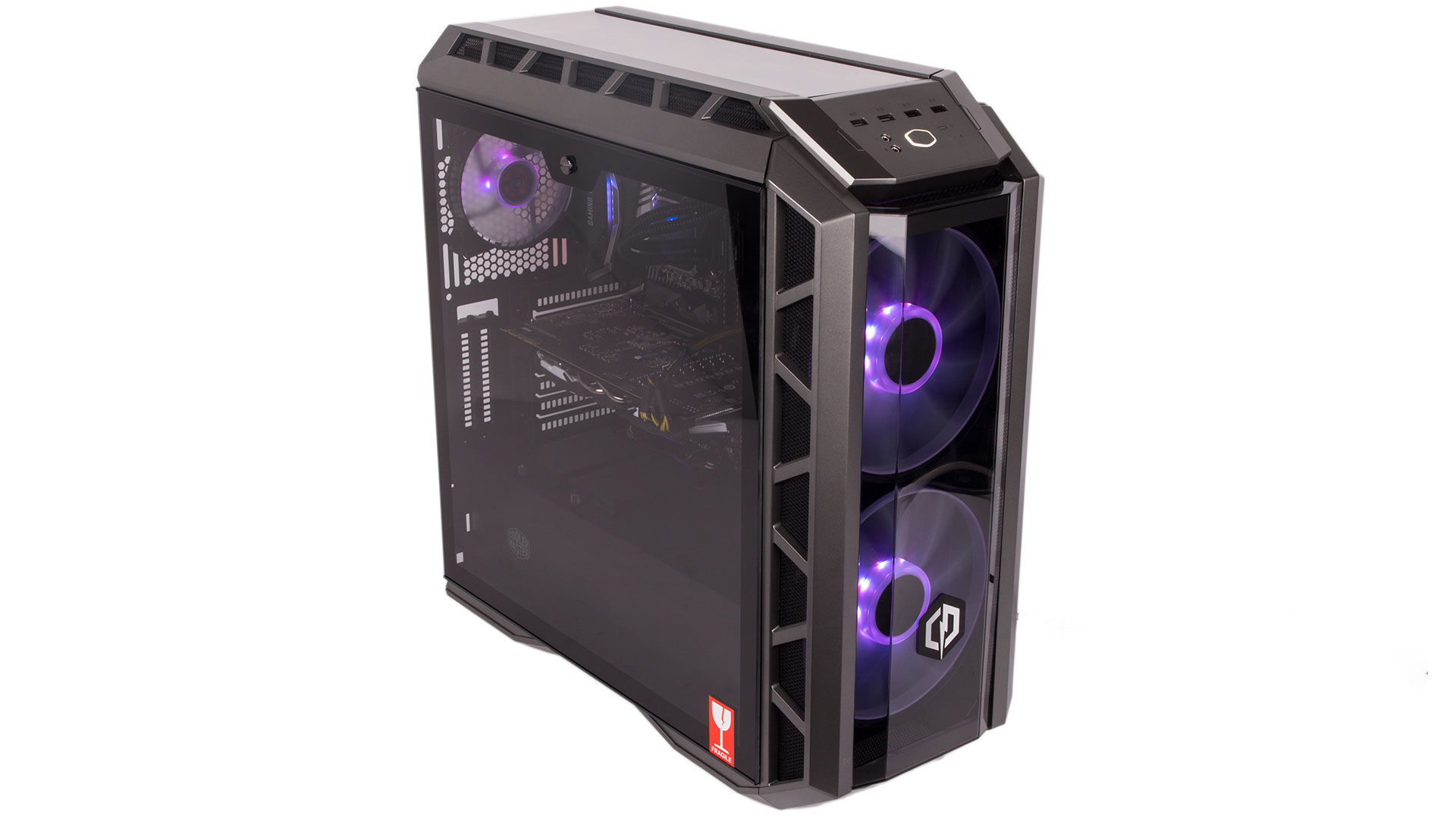
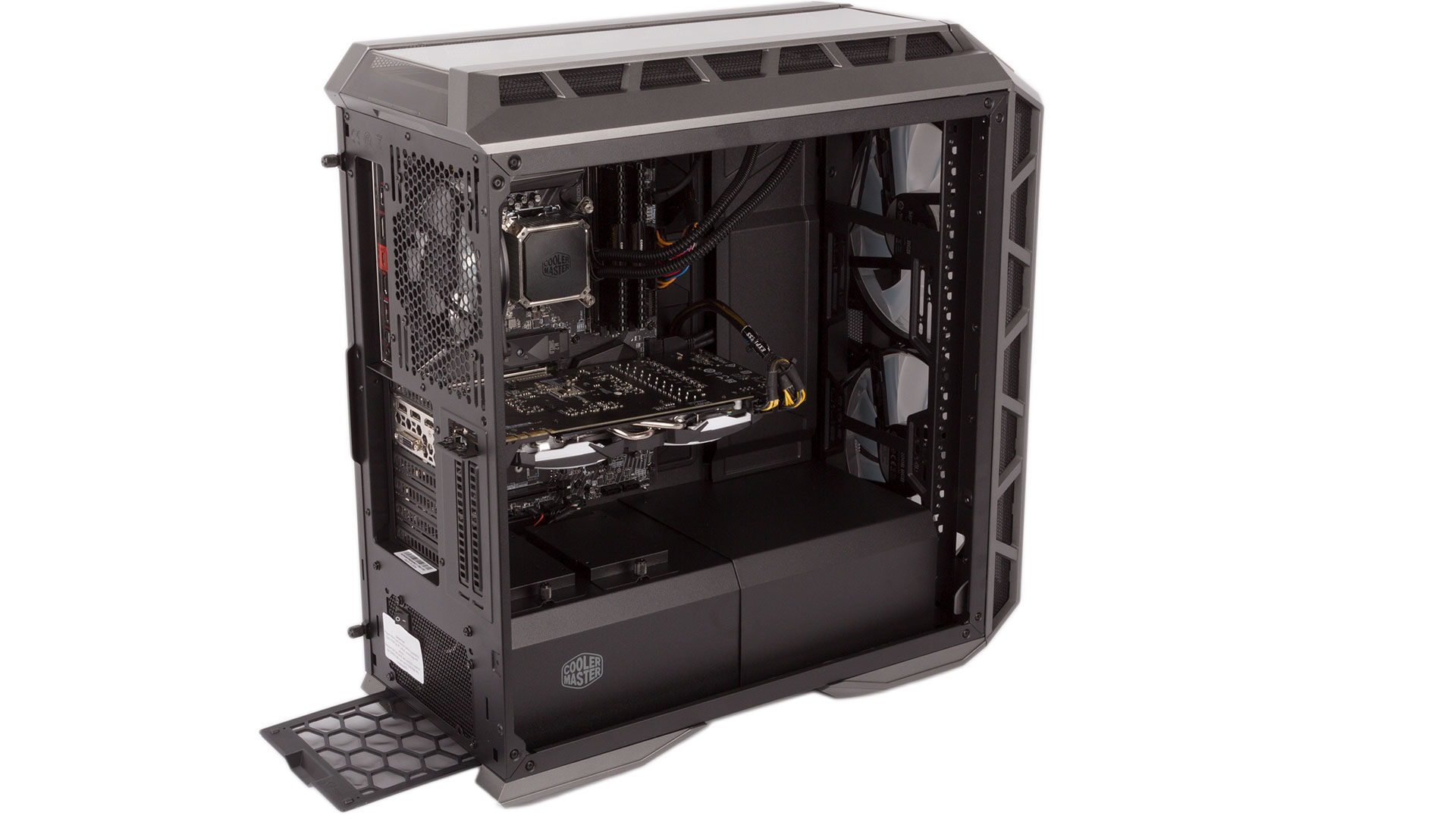
However, there are more pressing issues with regards to how the PC was assembled. It arrived with the case panels quite badly out of place and a wonky hard drive too. These could potentially be shipping issues, but CyberpowerPC specifically offers a more premium packaging option at an extra cost. Similarly, you can pay more for ‘professional wiring’; you may remember that the cables behind the motherboard tray were a little messy. These extra options are nice on the surface, but to us they suggest that the company isn’t doing as good a job as it could by default. We could perhaps forgive it on lower cost systems, but when you’re paying a premium for the assembly already, the wiring and packaging should be top notch.
System noise we also found to be problematic, and thermals on the CPU were also worrying. The warranty terms are also not as generous as certain competitors and are expensive to upgrade. As such, while we commend CyberpowerPC’s wide choice of components in its configurator, the RGB Infinity GTX is unfortunately not the best example of what can be done with them.

MSI MPG Velox 100R Chassis Review
October 14 2021 | 15:04

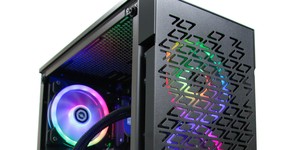
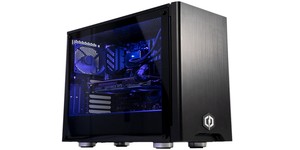
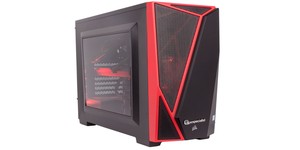




Want to comment? Please log in.